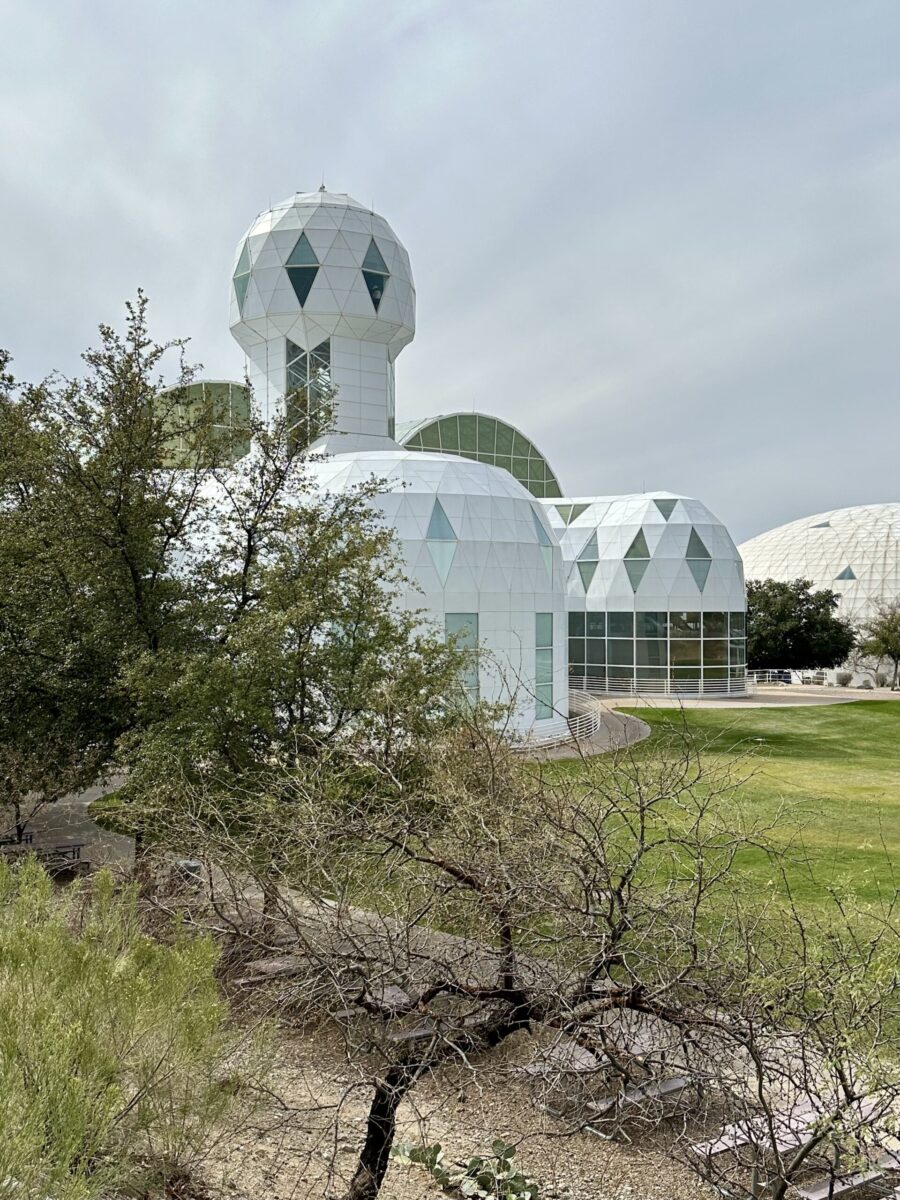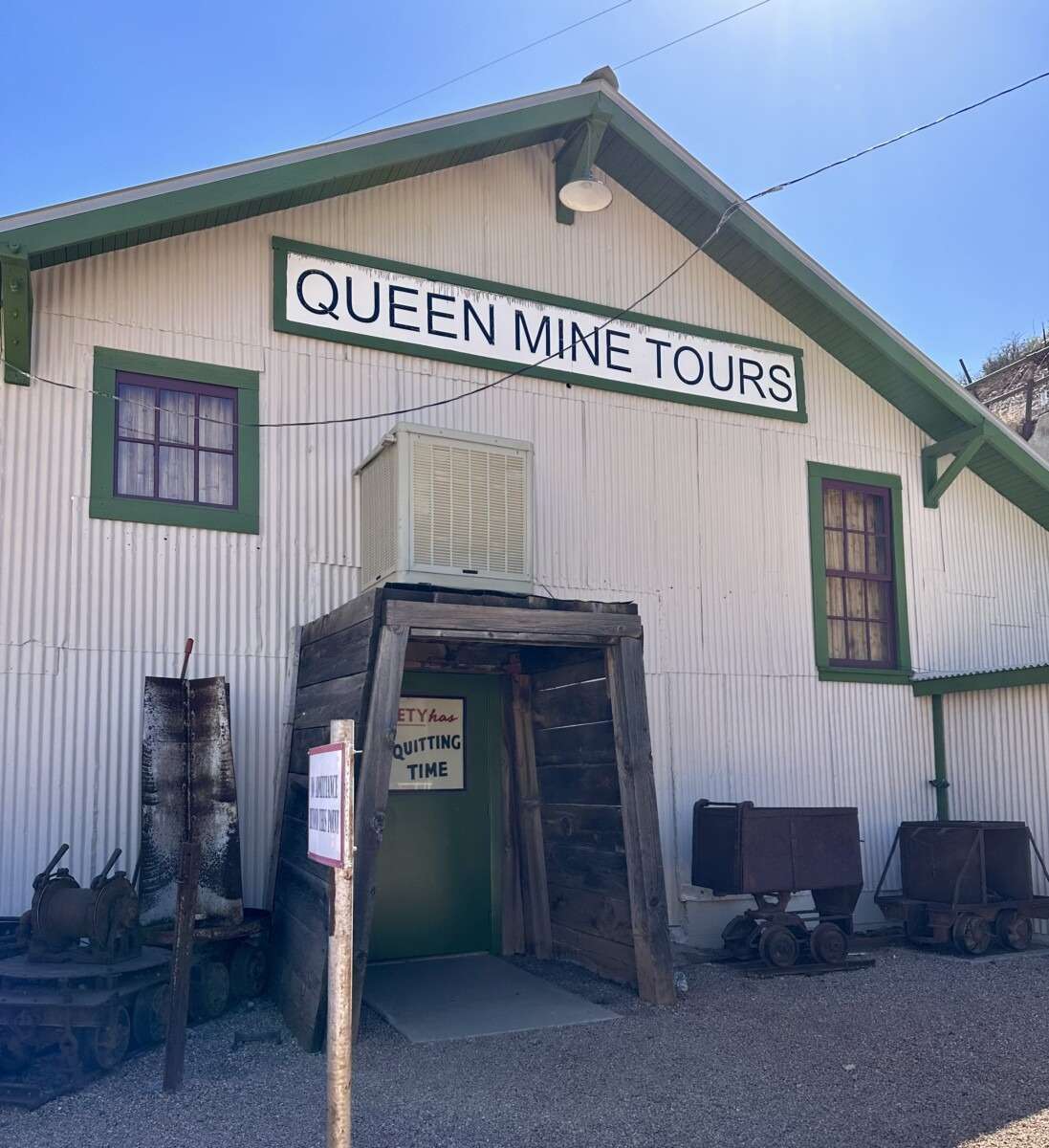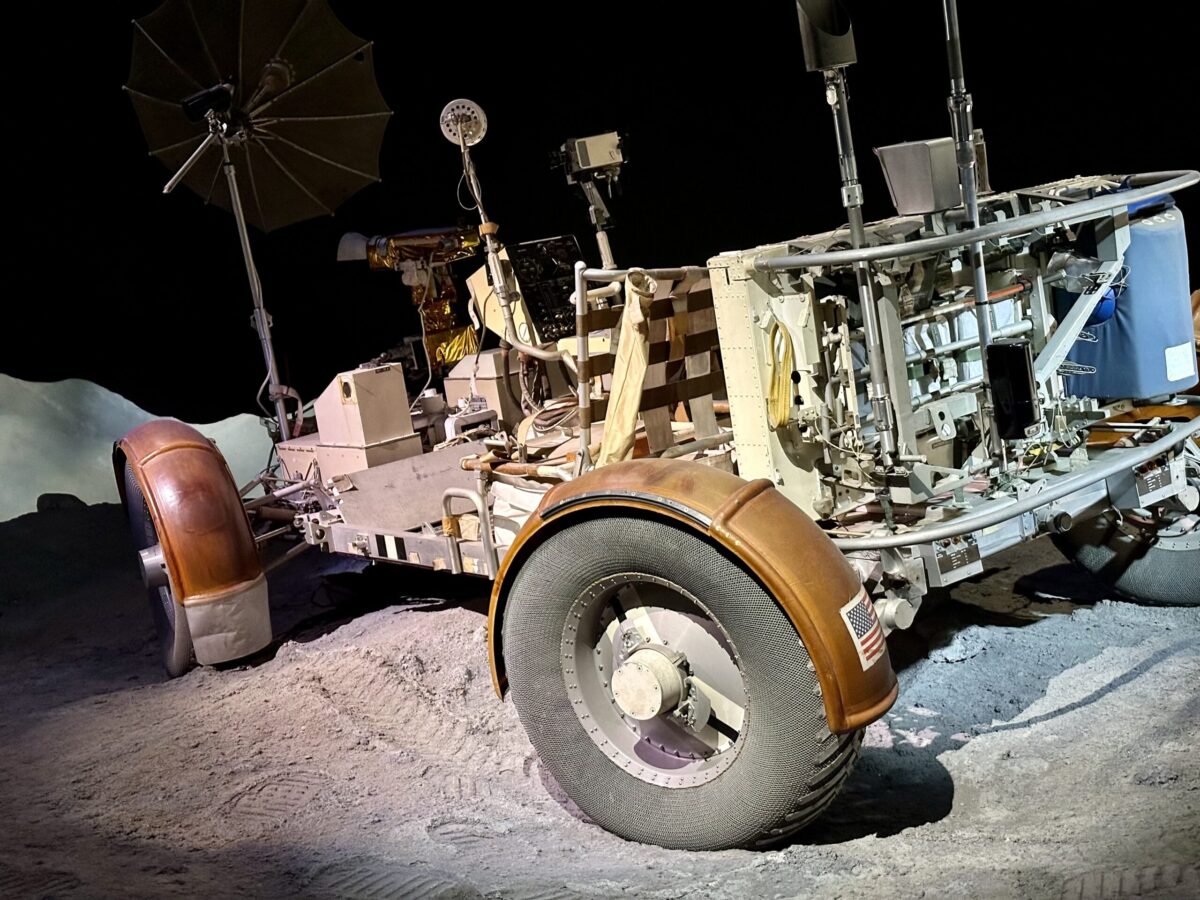We were in Lexington for a couple of nights and decided to take a bourbon tour. Now, neither of us likes bourbon, but, we thought if we learned more about it, and tasted some of the best, then we might change our minds.
Bruce Ashford, owner of Central Kentucky Tours, picked us up from our hotel. He began our tour with an overview of the laws related to bourbon.

Here is some of what we learned:
- On 4 May 1964, the United States Congress recognized Bourbon Whiskey as a “distinctive product of the United States.” Other countries make whiskey but only whiskey made in the US can be called Bourbon – Just like sparkling wine can only be called Champagne if it comes from France
- Bourbon is aged in new, charred oak barrels (usually white oak) – and the barrel can only be used once for bourbon. It is often reused for other things, like wine, once the bourbon is done aging.
- Bourbon must be made of a grain mixture that is at least 51% corn.
- Bourbon must be distilled to no more than 160 (U.S.) proof (80% alcohol by volume). And, Bourbon may not be introduced to the barrel at higher than 125 proof (62.5% alcohol by volume).
- Bourbon which meets the above requirements and has been aged for a minimum of two years, may (but is not required to) be called Straight Bourbon.
- Bourbon aged for a period less than four years must be labeled with the duration of its aging.
- If an age is stated on the label, it must be the age of the youngest whiskey in the bottle.

We began our day at Buffalo Trace – the oldest continuously operated distillery.


Our tour guide told us they produce about one million barrels per year – and keep running out.

A distillery warehouse ages bourbon based on the floor it is stored on. The top floors are hotter so they store them for less time – top floors produce 4 year or younger aged Bourbon. Mid-floors produce 5-9 year old Bourbon. The bottom floors are coolest so Bourbon ages the longest – 10-23 years at Buffalo Trace.

They sold out of the Blanton Bourbon before our 10 a.m. tour was done that morning.



Our second stop was at Four Roses.

They were the biggest in the nation before World War II. In fact, you can see their billboard in the background of this famous picture

The brand was purchased by Seagram in 1943. Around the end of the 1950s, Seagram discontinued the sale of Four Roses bourbon within the United States in order to focus on sales of blended whiskey. According to our tour guide, “they left the crappy stuff behind”.




This tour gave us a better understanding of the whole process.







In 2002, our tour guide said they reintroduced “the good stuff”. Their sales have been rising ever since.

Our last distillery tour was at Woodford Reserve. Distilling began on the site of the current day distillery in 1800s. Although the site has not been continuously operational as a distillery since, the structure stands as one of the oldest distilleries in Kentucky. It is listed on the National Register of Historic Places, and is designated as a National Historic Landmark.












95% of Bourbon is made in Kentucky along the Bourbon Trail. We are pretty sure we tasted some of the best. Still not fans. But, hey, at least we tried.
We ended our time in Lexington with a quick stop at the Kentucky fun mall. It was a cute little store where we found these t-shirts, Y’all.







After your bourbon tour, do you now like it?
[…] Lexington (see our post here), we spent several more days exploring different parts of Kentucky, beginning with Abraham […]
We could see in your happy faces you had several shots of good bourbon!!
Wonderful tour!
So are bourbon drinkers now or are you sticking to wine?
We’re going to stick to wine and beer. Kentucky didn’t change us